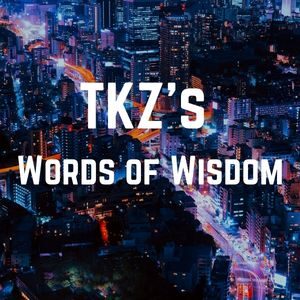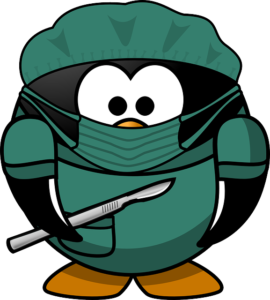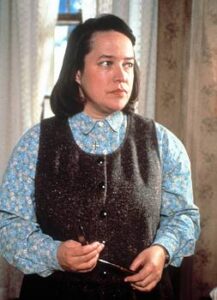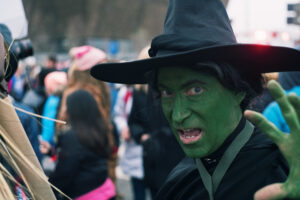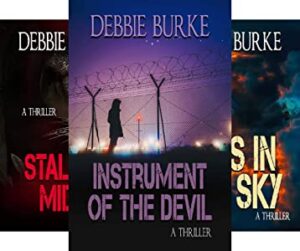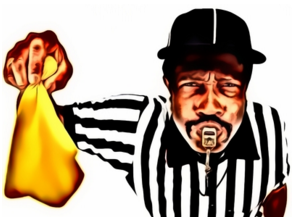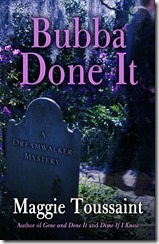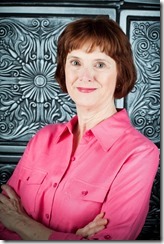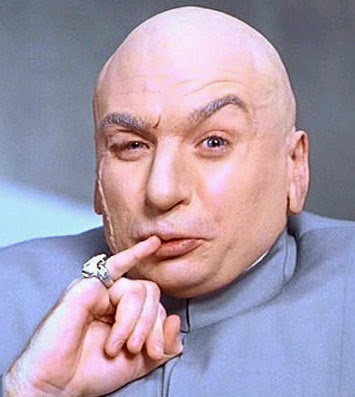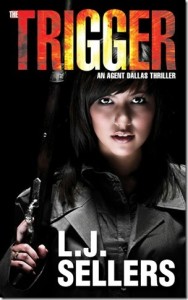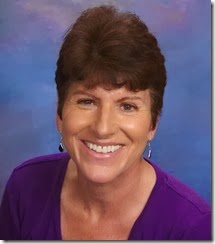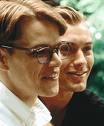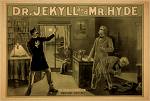I am currently in the throes of rewriting my mystery novel and doing some deep character work on my hero. A couple of Sundays ago, Jim mentioned Victoria Lynn Schmidt’s 45 Master Characters in a reply to a comment by me. Years earlier I had tried reading the first edition of her book, but it hadn’t clicked. This was back when I tried learning craft by osmosis, rather than by application and practice. After Jim’s mention, I decided to give 45 Master Characters another try and picked up a copy of the revised edition.
This time, it’s resonating deeply with me. Her take on mythic character archetypes, as well as the heroine and hero’s journeys, is brilliant, and I’ve been using the book to get a better handle on my sleuth and the supporting cast.
That got me thinking about today’s TKZ Words of Wisdom, and I dove into the archives to look for posts on character archetypes. So, the first excerpt today is from a post by Jordan Dane describing twelve character archetypes, providing a goal and a fear for each. The second excerpt is from Joe Hartlaub and deals with unmasking a previously hidden villain at the end of a book–the Scooby Doo reveal. The third, by Clare Langley-Hawthorne, discusses the final editing pass of your novel. As always, each excerpt is date linked to the original post. Please jump in with your thoughts on any or all of these.
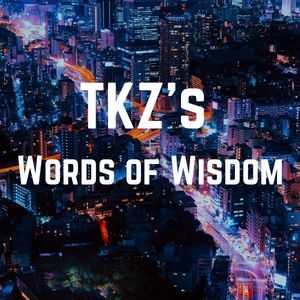
Let’s take a closer look at character archetypes. In researching this post, I found a more comprehensive list of 99 Archetypes & Stock Characters that Screen Writers Can Mold that screenwriters might utilize in their craft. Archetypes are broader as a foundation to build on. Experienced editors and industry professionals can hear your book pitch and see the archetypes in their mind’s eye. From years of experience, it helps them see how your project might fit in their line or on a book shelf.
But to simplify this post and give it focus, I’ll narrow these character types down to Swiss Psychiatrist Carl Jung‘s 12-Archetypes. Listed below, Jung developed his 12-archetypes, as well as their potential goals and what they might fear. Goals and fears can be expanded, but think of this as a springboard to trigger ideas.
TYPE/GOAL/FEAR
1.) Innocent
- GOAL – Happiness
- FEAR – Punishment
2.) Orphan
- GOAL – Belonging
- FEAR – Exclusion
3.) Hero
- GOAL – Change World
- FEAR – Weakness
4.) Caregiver
- GOAL – Help Others
- FEAR – Selfishness
5.) Explorer
- GOAL – Freedom
- FEAR – Entrapment
6.) Rebel
- GOAL – Revolution
- FEAR – No Power
7.) Lover
- GOAL – Connection
- FEAR – Isolation
8.) Creator
- GOAL – Realize Vision
- FEAR – Mediocrity
9.) Jester
- GOAL – Levity & Fun
- FEAR – Boredom
10.) Sage
- GOAL – Knowledge
- FEAR – Deception
11.) Magician
- GOAL – Alter Reality
- FEAR – Unintended Results
12.) Ruler
- GOAL – Prosperity
- FEAR – Overthrown
Jordan Dane—April 4, 2019
Scooby Doo is firmly ensconced in the American culture. The plot of each cartoon episode is very similar, with a crime occurring, Scooby and his pals investigating, and the villain of the piece being unmasked, literally, at the end. I think that I first heard this type of climax referenced as a “Scooby Doo” ending during the second of the three climaxes to the film Bill & Ted’s Excellent Adventure. It has been a vehicle used in mystery novels long before that. There’s nothing wrong with it at all, except that 1) it sometimes doesn’t work and 2) sometimes it needs a little work. I ran across an example of the former several months ago while reading a thriller that was one of the many nephews to The Da Vinci Code wherein the protagonist’s adversary was running around killing people while wearing a tribal mask and attempting to obtain an instrument of antiquity which would permit him to destroy the universe. The protagonist got the mask off of the evildoer near the end and the book ended. “Rut row!” The book was okay, but the ending was a total disappointment.
That brings us to a book I read this week in which the author uses the Scooby Doo ending to great effect by taking the story a step or two beyond it. The author is the morbidly underappreciated Brian Freeman and the book is Season of Fear, the second and latest of the Cab Bolton novels. (Please note: it’s not quite a spoiler, but there’s a general revelation ahead. Read the book regardless). The premise is fairly straightforward. Ten years ago a Florida gubernatorial candidate was assassinated by a masked gunman, throwing the election into chaos. A suspect was identified, tried, convicted, and jailed. In the present, the candidate’s widow is running for the same seat when she receives a threatening note which purports to be from the same assassin. Indeed, he eventually turns up, and his identity is ultimately revealed in a grand unmasking. But wait. Freeman, after giving the reader enough action to fill two books and expertly presenting a complex but easy to follow plot, gives the reader more to chew on. Things don’t end with the revelation of the identity of the doer; instead, Freeman moves us a couple of more steps forward, revealing a potential unexpected mover and shaker who was a couple of steps ahead of everyone, including Bolton. This has the double-barreled effect of making the climax much more interesting and setting up a potential adversarial setting for Cab Bolton in a future novel. Nice work.
Again, Scooby Doo endings are okay. They’re fine. But if your particular novel in waiting has one, and seems to lack pizazz, don’t just take the doer’s mask off, or reveal their identity, or whatever. Take things a step further just as the curtain is going down, and reveal who is pulling the cord, and perhaps yanking the chain. It may be a character that was present throughout your book, or someone entirely new, or…well, you might even want to create a character and work your way backwards with them. But stay with the mask, and go beyond it.
Joe Hartlaub—March 14, 2015
I’m on the final round of revisions to my current manuscript and considering a new editing process. In the past I have always tended to bite off more than I can chew when revising – trying to look for plot inconsistencies, character missteps (blue eyes one chapter, brown the next), typos, repetition, dull dialogue, boring exposition and errors all at once. What I’ve found is that about midway through the process, I get completely mired in the editing process and start dismantling what is essentially the final version of the novel, as I lose confidence in both the story and myself (you know, the usual author angst!). This time, however, while I am waiting for beta reader feedback, I am looking at adopting an alternative approach and would love some advice.
My current system involves editing throughout the writing process – from editing the first draft (which pretty much equals rewriting) to doing a final line edit on the completed manuscript before I turn it in to my agent. It’s what happens in these later stages that I need to refine. What I am considering is parsing the final editing into multiple discrete re-reads looking for:
- Plot/timeline issues alone – checking for holes, inconsistencies, and errors.
- Character issues alone – checking for inconsistencies, misdescriptions etc.
- Stylistic issues – repetition, boring/dull descriptions etc.
- Final line-edit – looking for grammatical and spelling errors and typos.
Although I’ve looked at all these areas already (multiple times!) while editing previous drafts, with the final version, it’s time to have one more look as invariably I still find errors. My concern is that trying to re-read the final manuscript multiple times to look for these discrete set of issues will be time-consuming and slow (and may possibly drive me demented!).
What I’d love is feedback/comments on what final editing process has worked for you.
- Do you try and do everything all at once?
- Do you reread with specific areas in mind?
- Do you get others to do a final line-edit?
- How do you balance the need for one last look at all the critical areas in a manuscript against being driven crazy after the 50th reread?
Clare Langley-Hawthorne–January 12, 2012
***
So, there you have it. Jungian archetypes, Scooby Doo-style reveals, and the final editing pass.
- Have you ever created or revised your characters through the frame of archetypes?
- Have you ever done a Scooby Doo style reveal of a villain in one of your novels?
- How do you handle your final editing pass?

